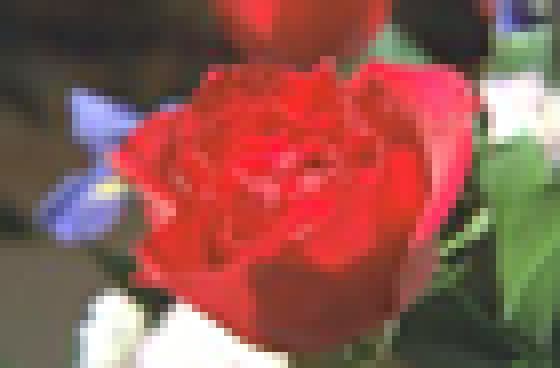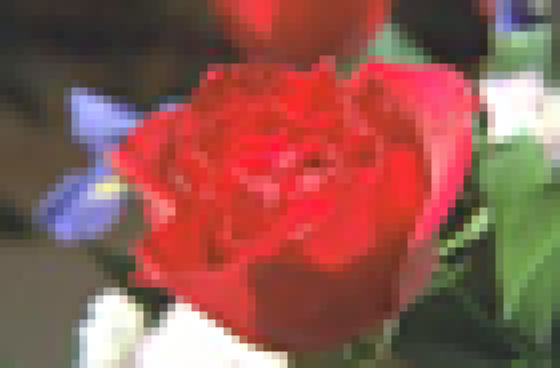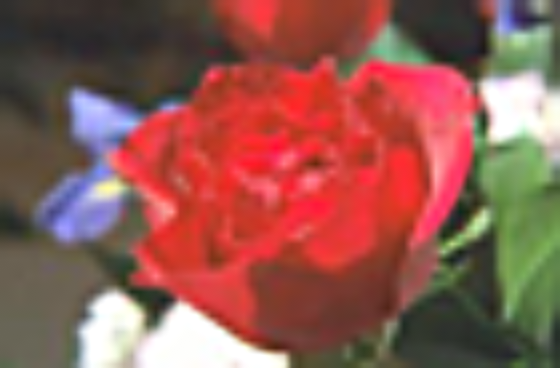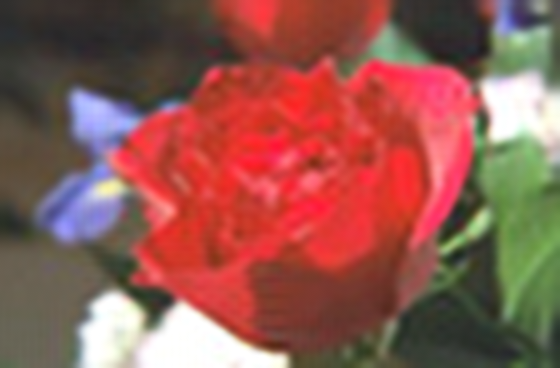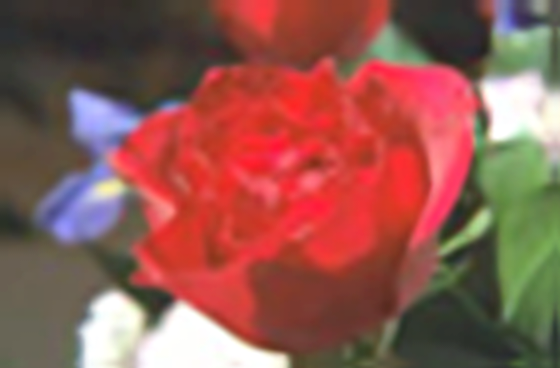Table of Contents
Upscaling
There are many available upscaling (interpolation) techniques in mpv, of which this article aims to provide some comparison screenshots.
Note: This article has mostly been superseded by this repository, which catalogs and compares more upscalers and test files than this page, and will also be kept more up-to-date.
Methodology
The source image for all of these is imagemagic's built-in “rose” test pattern, which can be obtained like this:
convert rose: rose.png
Each of the screenshots was obtained like this:
mpv --no-config --pause rose.png --geometry=560x368 -vo opengl-hq:dither-depth=8:scale=SCALER
The resulting output was captured using imagemagick:
import -depth 8 SCALER.png
Results
scale=bilinear
scale=lanczos
scale=mitchell
scale=spline16
scale=spline36
scale=spline64
scale=ewa_lanczos
scale=ewa_lanczos:scale-radius=3.2383154841662362
scale=ewa_lanczossharp
scale=ewa_lanczossoft
scale=robidoux
scale=robidouxsharp
scale=ewa_ginseng
scale=ewa_hanning
scale=bicubic
scale=gaussian
scale=catmull_rom
scale=nearest
scale=oversample
scale=sharpen3
scale=sharpen5
scale=sinc:scale-radius=16
Antiringing
Some of the upscalers support antiringing, which is a naive technique that attempts to reduce ringing in some cases, but can also introduce artifacts. The antiringing algorithm in mpv is not very sophisticated.
scale=spline36:scale-antiring=1
scale=lanczos:scale-antiring=1
scale=ewa_lanczossharp:scale-antiring=1
Other upscaling methods
There are also ways to upscale images other than by using the scale option, such as using a vapoursynth script. (Note that using vapoursynth on still images in mpv is somewhat tricky, and working with RGB colors is also difficult. To produce these images, the source PNG was split into three separate grayscale images (for R, G and B) and merged into a movie clip of length 3. Each frame of the output was captured and converted back to an RGB image)
core.nnedi3.nnedi3_rpow2(video_in, 8).set_output()

















